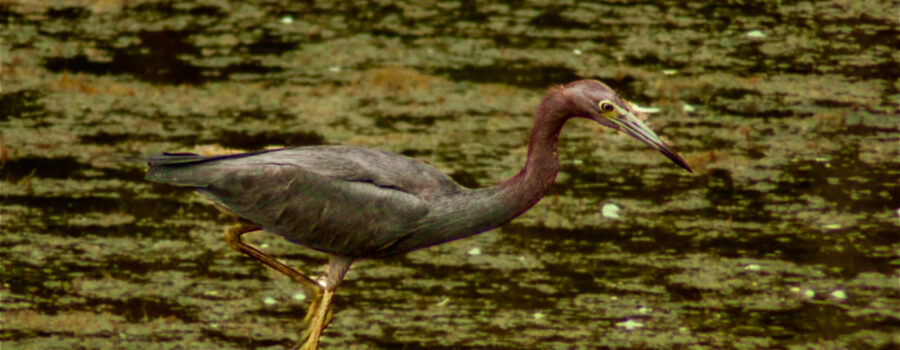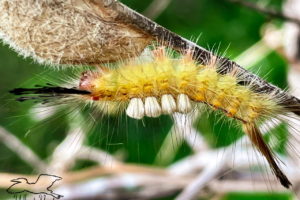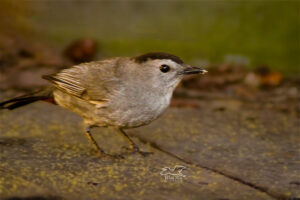The Beautiful Little Blue Heron is an Excellent Fisherman

This year has been a great year for wading birds. I’ve managed to see most of the major ones that we have in this area. I’m still missing a few of the less common ones, but the summer’s not over yet! This was one of several little blue herons (Egretta caerulea) that were fishing in a pond that was drying up. There were quite a few wading birds there for a couple of weeks, but finally it started to rain and the pond is full again. The fishing isn’t as easy as it was, so now I’m only seeing the occasional wader there just like usual.

Little blue herons are pretty common in north central Florida, although populations are on the decline, and scientists suspect a combination of heavy metal intoxication and pesticide issues. Little blue herons can be found from Ohio south in the eastern United States. They also range into Mexico, Central America, and northern South America. They are also be found in many of the Caribbean Islands. They live in a variety of aquatic habitats and will fish in fresh, salt, or brackish water. They eat mainly fish or crabs, but will sometimes also take other crustaceans. Like the great blue herons, they hunt mainly by holding still until prey swims too near them at which point they grab it or spear it with their beaks. After catching something, they will often move to a different location either by wading or flying.

Little blue herons are communal birds that tend to nest in rookeries along with other types of herons and egrets. Pairs are monogamous and build the nest and feed and raise the young together. Once hatched, the young grow very rapidly and are climbing trees by about 15 days old and are usually pretty independent by 35 days. Interestingly, the immature birds are white and look very similar to snowy egrets. To tell them apart, watch their fishing style. Snowy egrets tend to dash around chasing their prey, while little blue herons tend to stand still. You can also look for the bright yellow feet of the snowy egret if the bird is walking or perched outside the water.

Although I did feel bad for the fish in that pond, I did take full advantage of all those birds being all in one place. It was fascinating to see the various species together and to watch how they interacted. Some were calm and quiet while others dashed around madly either hunting or trying to protect a small territory. Many of them managed to eat their fill and were standing quietly digesting. I am glad that it has been raining and the pond has filled up again, but I really enjoyed all the bird activity.




Recent Comments